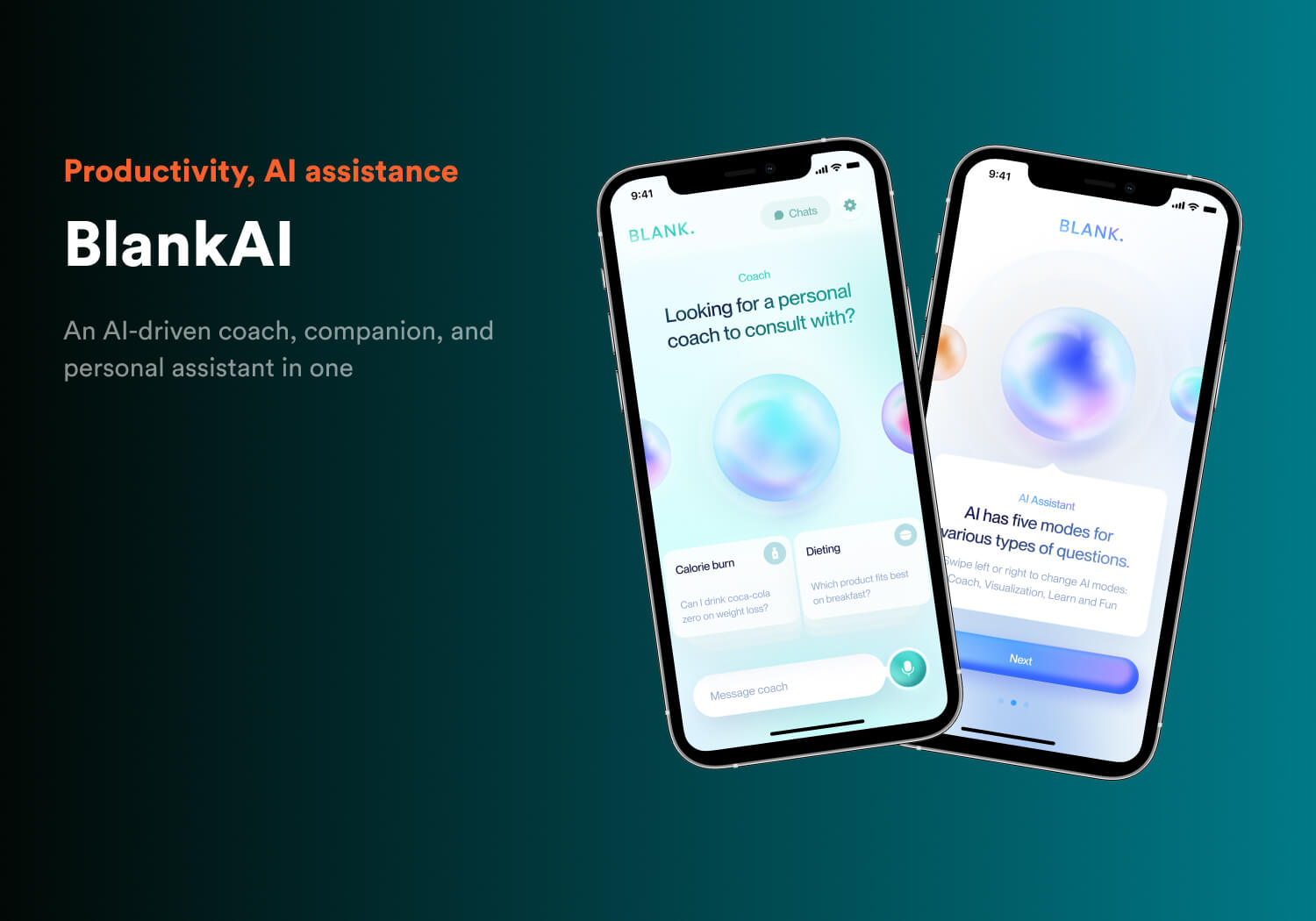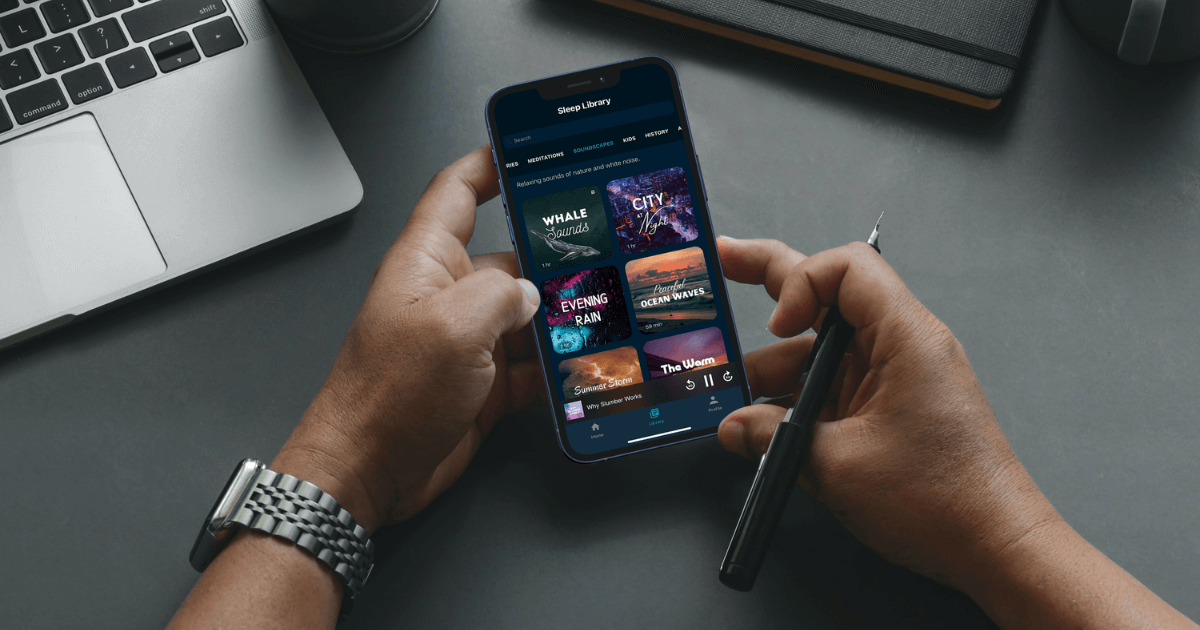От халепа... Ця сторінка ще не має українського перекладу, але ми вже над цим працюємо!

“Easier than you think”: NERDZ LAB’s CEO on developing AI apps

Volodymyr Khmil
/
CEO
6 min read
Article content:
Introduction
We’ve all heard a lot about artificial intelligence lately: AI this, AI that, it’s going to take over software developers’ jobs, all modern apps should be AI apps, and so on.
Look, AI really is the latest hype in the world of software development. We’ve already seen similar excitement play out with cloud technologies and blockchain. But what’s different this time is that the urge to adopt this new technological fad doesn’t come from tech teams; it comes from CEOs. And for them, building artificial intelligence apps can be intimidating.
I mean, managers like the idea of incorporating AI into their projects or developing full-blown AI chat apps. But isn’t that awfully time-consuming, complicated, and expensive? After all, it’s not as simple as adding a bunch of forms and buttons. It’s intelligent, for Turing’s sake!
If you struggle with these challenges, allow me to explain what AI is in simple terms and how it’s used. We’ll look past the business cliches and apocalyptic scenarios to see if it’s possible to build an app with ChatGPT.
See also: From Idea to Launch: The Role of the Discovery Phase in Software Development Projects
What is artificial intelligence, and how does it learn?
If you want to get to the bottom of how apps like ChatGPT work, you’ll need to dive really deep into how programming works.
Programming is basically telling a computer which decision to make in particular cases. It’s sort of like giving someone who doesn’t know what to do a series of instructions to complete a task: if you’re told A, do B, and so on.
Computers are great at certain things and far better than humans at others, like calculating and solving complex equations. But how can you explain to a computer what a dog is so the computer can identify one in a photo? That’s hard because it would be very complicated to devise a set of rules. Many animals that aren’t dogs resemble dogs.
Computers can’t distinguish between images, understand the context of a written sentence, or discern intonation in an audio file without learning how to do so. Similarly, you wouldn’t be able to tell a lynx from a bobcat if you hadn’t previously seen pictures of each and learned about their differences.
And that’s why artificial intelligence was invented—to learn just like a person, not based on a set of rigid instructions but based on algorithms. And loads of data.
In the case of identifying dogs in pictures, the algorithm would need to process lots of data (images of dogs and images of other objects, including other animals) and examples of correct and incorrect answers (which images are actually dogs and which aren’t).
The algorithm converts all this data into a large matrix of rules, essentially a huge file describing how to make the right decision. This file is called a model, and the process of creating it is called training.
Of course, everything is more complicated in practice, but I hope this gives you an understanding of the general principle of how AI works.
See also: How to get a CTO on board for your startup: Two options to forget, two to remember
Is building AI applications really that complicated?
Yes, some parts of AI processes are complicated and unpredictable. Often, even the data engineers who train a model can’t explain why it produces the results it does. Models differ in complexity depending on the tasks they’re designed to carry out. For example, a model designed to mimic human communication is extremely complex. And that’s where the popular belief that AI is difficult comes from.
Sure, it was complicated and expensive when AI was a novelty, and there were no out-of-the-box AI solutions on the market. But just like any other technology, it has evolved and become more accessible and affordable.
Today, most simple AI tasks can be solved using ready-made solutions that simply require some tweaking. This allows developers to build apps with AI quickly and cost-effectively. One option for this is to use OpenAI’s solutions. You may have heard of them since they literally gave rise to all the recent hype around generative AI.

How to integrate ChatGPT into your AI mobile app
OpenAI is a company that sells access to ready-made generative AI models. They’re called “large” because these models were trained on huge amounts of data. Lucky for all of us, OpenAI sells access to their models, which makes it possible to easily incorporate them into other applications.
ChatGPT is one of OpenAI’s models. It’s used for assistant-level communication. It can be easily integrated into, say, an AI personal assistant app. All you have to do is:
- Set up a ChatGPT account.
- Generate an API key.
- Use ready-made OpenAI API requests to receive responses to messages.
The API mimics the behavior of the ChatGPT platform, giving you the opportunity to implement all kinds of functionality in your conversational AI app. This includes everything from using natural language to assist users to analyzing and labeling users’ text messages.
What if my app needs more specialized AI development?
Sometimes, a simple ChatGPT app is too general to handle specialized functions for, say, a bank or other corporate application. It simply won’t produce sufficiently accurate results.
Well, in that case, there are two options. The first, more straightforward way to go is to use a tactic called prompt engineering. Prompt engineering essentially means creating carefully crafted text queries (input) so that ChatGPT will produce optimal responses (output).
But that won’t work if you need the model to use information that wasn’t included in its training, for instance, something specific to your company. So, here’s the second option: OpenAI allows you to train its model using your data to build an AI app for your specific case. This process is called tuning.
If you’re using OpenAI’s API to develop an app with AI, the model isn’t deployed on your organization’s server. And since the model is owned by another company, you’ll have to wait in a virtual line to use it.
If you’re not comfortable with these restrictions, there are plenty of ready-made open-source models you can deploy on your own server or computer. This gives you full control over the model and the requests made to it. However, consider that many models are heavy, and deploying them on your own server will require spending over $400 per month on additional computing resources.

Learn more about this case study: Blank AI app: An AI-driven coach, companion, and personal assistant in one
Here’s how we do it at NERDZ LAB
At NERDZ LAB, we’ve long been enamored with artificial intelligence development. That’s why we started offering our AI-based mobile application development services to clients. At that same time, Global Digital, a US-based innovator, had an idea for an AI app similar to ChatGPT. This was a match since we’ve successfully collaborated with them on startup software development earlier.
In three months, we created Blank AI, a versatile mobile MVP that can serve as a personal assistant, coach, and companion. We integrated a vector database for fast queries and scalability, forming the backbone for long-term conversation memory. This improved response coherence and gave the app a competitive edge in the AI development market.
MVP software development means we implement only the critical features of the software. These included:
- Assistant Mode: Manages daily activities, plans the day, and provides instant access to knowledge.
- Coach Mode: Provides resources for personal growth, fitness, and wellness with one-to-one coaching
- Visual AI Mode: Identifies and classifies objects in images and provides additional context for enhanced visual experiences
- Learn Mode: Simplifies web search and enables a responsive chat experience for fast learning
- Fun Mode: Provides for daily relaxation and humor through games, jokes, and stories
MVP solutions for startups might not yield results right away, but Blank AI has evolved into a full-fledged product with opportunities for:
- Monetization: The solution’s subscription model and in-app purchases produce sustainable revenue.
- User engagement: Personalized scheduling increases engagement, while entertainment features strengthen user retention.
- Partnership opportunities: Blank AI has the potential to partner with tourism, education, and arts businesses.
- User-generated growth: The application evolves based on user interactions, promoting ongoing engagement and product loyalty.
On top of that, the AI app has an intuitive interface for text and image generation and accepts voice commands for hands-free interaction.

Conclusion
I hope I’ve convinced you that artificial intelligence apps aren’t all that hard to develop. Thanks to the rise of OpenAI, you can use ChatGPT in conversational AI apps. And if your AI needs go beyond the basics, it’s not a problem—just ask your team or a friendly software development company (like NERDZ LAB) to give you a hand with prompt engineering or model tuning. And you can always find an open-source model to work with. Learn more about our AI development services.
All I’m saying is, AI is accessible and could be a game-changer for your projects. So go for it!





